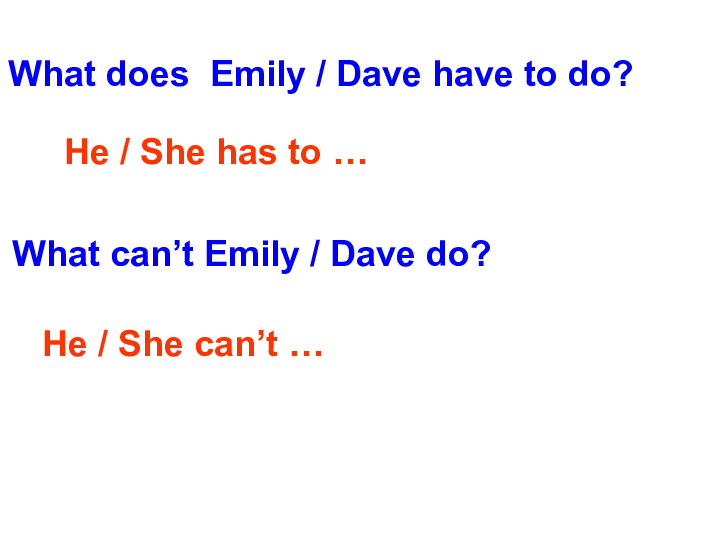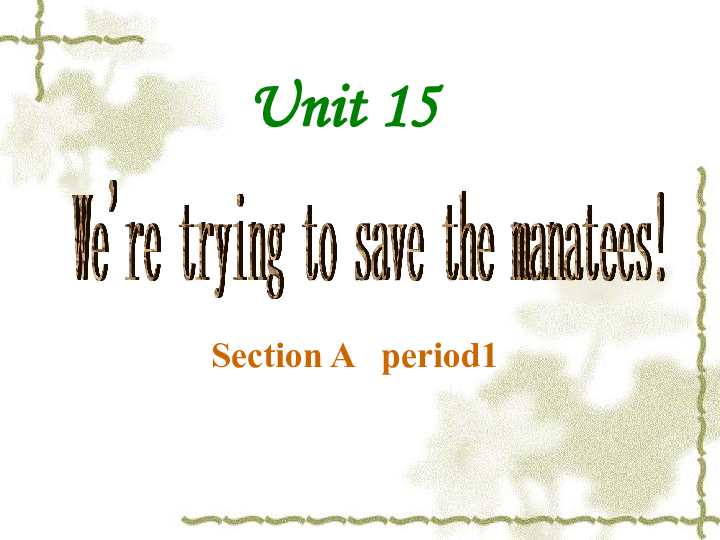Understanding the Section 8 Notice to Vacate Form: A Comprehensive Guide for Tenants and Landlords
Guide or Summary:What is the Section 8 Notice to Vacate Form?Why is the Section 8 Notice to Vacate Form Important?Common Reasons for Issuing a Section 8 Not……
Guide or Summary:
- What is the Section 8 Notice to Vacate Form?
- Why is the Section 8 Notice to Vacate Form Important?
- Common Reasons for Issuing a Section 8 Notice to Vacate Form
- How to Respond to a Section 8 Notice to Vacate Form
---
What is the Section 8 Notice to Vacate Form?
The **Section 8 Notice to Vacate Form** is a legal document used in the context of landlord-tenant relationships, specifically under the Section 8 housing assistance program in the United States. This form serves as a formal notification from a landlord to a tenant, indicating the intent to terminate the lease agreement and require the tenant to vacate the rental property. This notice is crucial for both parties involved, as it outlines the reasons for termination and the timeline for vacating the premises.
Why is the Section 8 Notice to Vacate Form Important?
The **Section 8 Notice to Vacate Form** is important for several reasons. Firstly, it ensures that the landlord follows legal procedures when terminating a lease. This protects the landlord's rights and provides a clear record of communication. Secondly, for tenants, receiving this notice can be a critical moment in their housing situation. It allows them to understand their rights, the reasons for eviction, and the time they have to find alternative housing.
Common Reasons for Issuing a Section 8 Notice to Vacate Form
There are various reasons why a landlord might issue a **Section 8 Notice to Vacate Form**. Some common reasons include:

1. **Non-Payment of Rent**: If a tenant fails to pay rent on time, the landlord may issue a notice to vacate.
2. **Lease Violations**: Breaching terms of the lease agreement, such as unauthorized pets or excessive noise, can lead to a notice.
3. **End of Lease Term**: When a lease is set to expire, landlords may choose not to renew it, prompting a notice.
4. **Property Sale**: If the property is sold, the new owner may wish to occupy the property, leading to a notice.

How to Respond to a Section 8 Notice to Vacate Form
Receiving a **Section 8 Notice to Vacate Form** can be stressful for tenants. It’s essential to respond appropriately. Here are steps to consider:
1. **Review the Notice**: Understand the reasons for the notice and the timeline provided.
2. **Check Your Rights**: Familiarize yourself with tenant rights in your state, as laws vary.
3. **Communicate with Your Landlord**: If you believe the notice is unjust, discuss the situation with your landlord. Sometimes, issues can be resolved through dialogue.

4. **Seek Legal Advice**: If you feel your rights are being violated, consult a legal professional who specializes in tenant law.
The **Section 8 Notice to Vacate Form** is a significant document in the landlord-tenant dynamic, especially for those involved in the Section 8 housing program. Understanding its implications, the reasons it may be issued, and how to respond is vital for both tenants and landlords. By being informed, both parties can navigate the complexities of housing agreements more effectively, ensuring that their rights are respected and upheld. Whether you are a landlord preparing to issue a notice or a tenant facing eviction, knowledge and communication are key to managing the situation successfully.